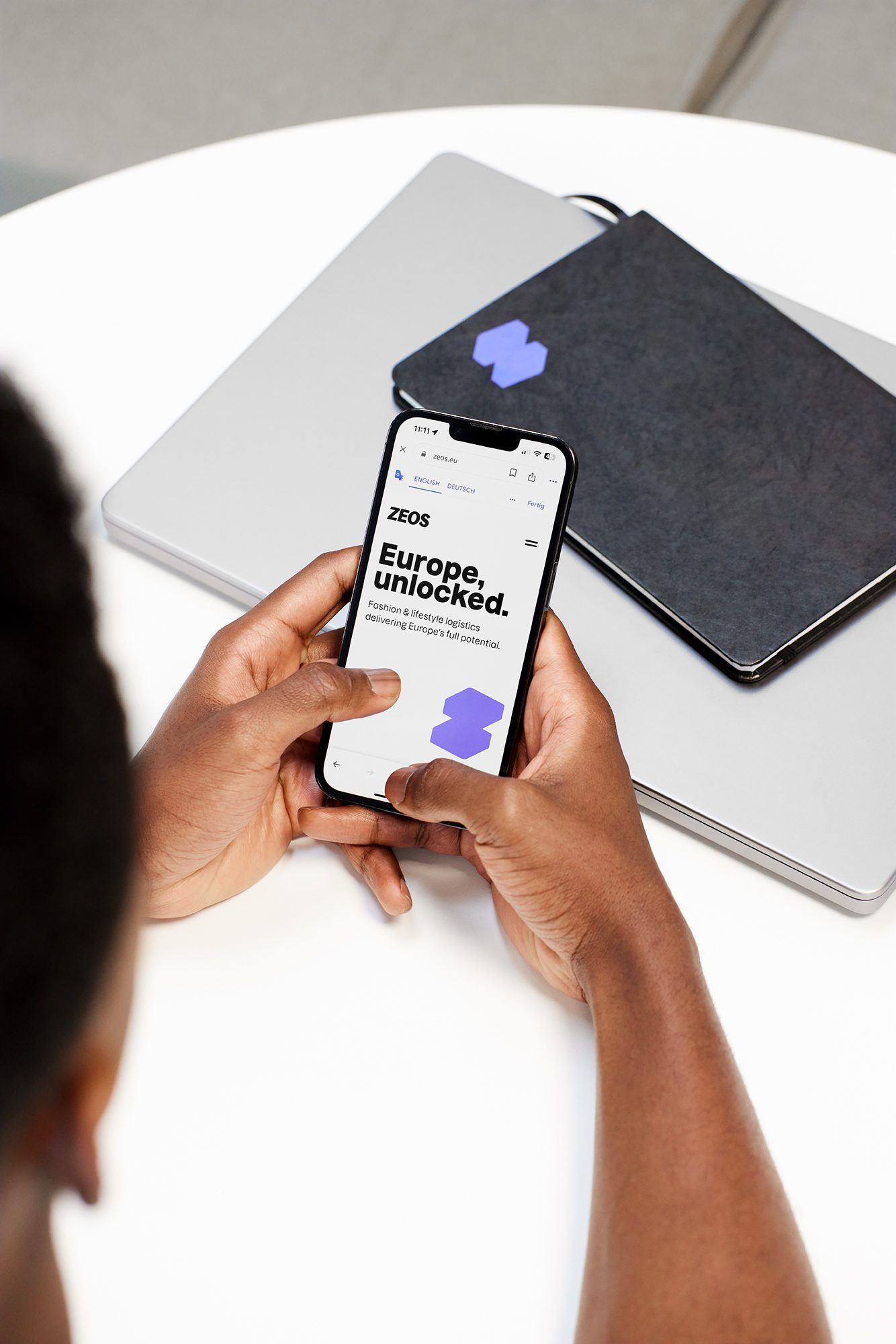
In e-commerce, minimizing returns is crucial for brands and retailers to maintain healthy profit margins, operational efficiency, and customer satisfaction. By learning the reasons why customers return products, brands and retailers can take steps to reduce the amount of returns they receive. ZEOS and Rithum have years of data-driven insights and recently shared key takeaways in this webinar from the world of returns in the fashion and lifestyle sector.
While avoiding returns is the goal, returns are part of online retail. When necessary, an easy and straightforward process is key to giving consumers a positive experience. Brands want to run cost-effective reverse logistics, get items back online for resale, build brand loyalty with a pleasant customer experience, and focus on sustainability throughout the returns process.
To do this, brands can leverage ZEOS and Rithum’s data to strategize a seamless returns process. Ultimately, brands aim to reduce return rates altogether. There are steps to help reduce return rates from happening in the first place.
How do you lower product return rates?
ZEOS and Rithum highlight how brands could reduce returns by providing clear product details and using technology to ensure the right fit. For apparel, a poor fit accounts for one-third of returns, according to Zalando.
This webinar highlights five ways brands can avoid returns. Here are 5 strategies that could reduce returns on European marketplaces:
1. Provide accurate and detailed product information.
2. Use localized content so it resonates in that country or locale.
3. Ensure consumers have accurate sizing charts. For example, for items where Zalando provides size advice, size-related returns have decreased by 10%.
4. Use data to optimize product assortment and understand what SKUs perform best on different channels.
5. Use the features available on each marketplace (3D body scanning, virtual try-on tools) to help consumers find the right fit.
How are online retailers reducing returns in e-commerce?
Today’s brands are selling to consumers in multiple countries with different preferences – cross-border e-commerce. Online footwear and accessories brand Kazar uses Rithum to integrate six sales channels and uses ZEOS logistics for Zalando and About You across multiple European markets.
The brand has used Rithum to develop its marketplace business for the last three years. “Rithum’s wide range of available marketplaces allows us to scale our business efficiently through future integrations,” said Radomir Kiepas, B2B Development Partner at Kazar.
To understand and prevent returns, Kazar uses tools such as ZEOS’s zDirect analytics reporting and reports from Rithum. Rithum analyzes key metrics such as: country, category, SKU, average order value (AOV), and reviews return reasons when available. That data is then turned into actionable insights. Brands can amend product selection per channel and country. Rithum’s data includes historical data that can help you forecast return rates on new products.
“Rithum has countless reports. We use reporting on sales, returns, and distribution centers most frequently,” Kiepas said.
Kazar also considers customer comments alongside sales data to identify possible improvements on return rates or reduce margins, Kiepas said.
The brand uses the reporting to optimize its offerings and expand its range of bestselling products, according to Kiepas. “We focus on the products that bring us the highest ROI,” he said.
How to sell on ZEOS using Rithum
ZEOS and Rithum offer marketplace integration and end-to-end logistics to fashion & lifestyle brands across multiple European sales channels. This includes Zalando, About You, Otto, La Redoute, and Bol. Brand-owned e-commerce, ASOS and other channels will soon be supported by Rithum and ZEOS.
Learn more about how to use data to reduce returns.
 Back to all
Back to all








